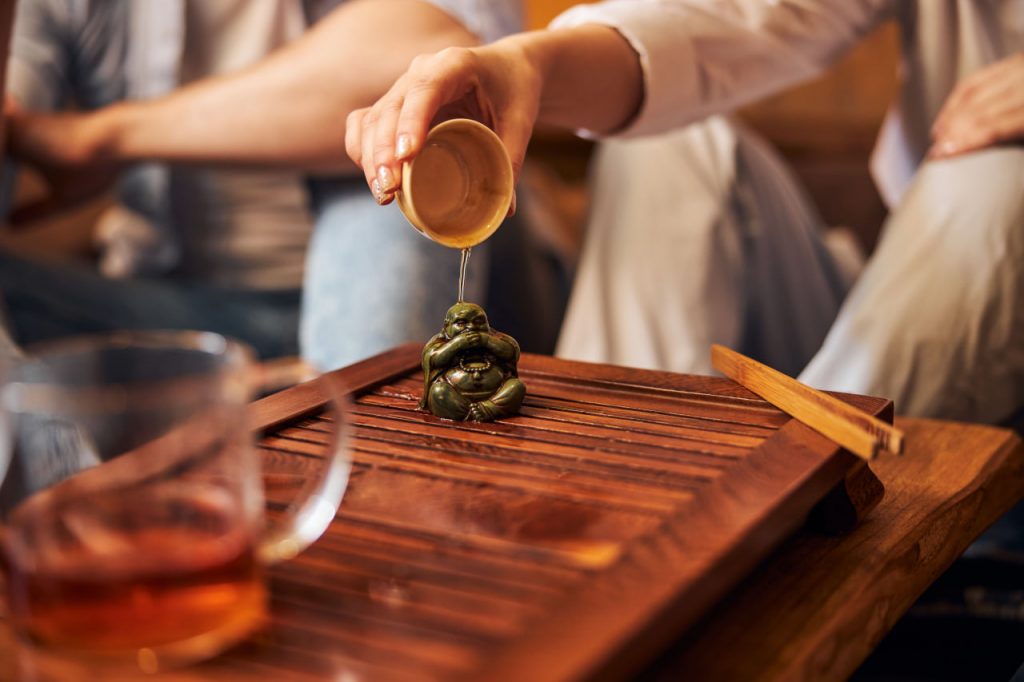Tea in Japan is not just a beverage — it’s a philosophy, a ritual, and a way to connect with presence.
The Japanese tea ceremony, known as chanoyu, chado, or simply sado, is a refined and deeply symbolic practice that has developed over centuries. Rooted in Zen Buddhism, it teaches mindfulness, humility, and harmony. Every movement, from the folding of a cloth to the pouring of water, is intentional. There’s beauty in slowness, grace in simplicity.
A Brief History
Tea was introduced to Japan from China in the 9th century, but it was in the 15th and 16th centuries that the tea ceremony truly took form. Influential tea masters like Murata Jukō and Sen no Rikyū shaped the ceremony into an art, emphasizing wabi-sabi — the appreciation of imperfect, simple, and natural beauty.
The Ceremony Elements
A traditional tea gathering can last hours. The host prepares matcha (powdered green tea) for the guests in a tatami-matted room, using handmade utensils and ceramics. Each item — the tea bowl, bamboo whisk, water jar — is carefully chosen. Silence, stillness, and respect govern the space.
There are seasonal themes, fresh flowers arranged with intention, and even a shared meal (kaiseki) before the tea is served. Guests often bow, admire the utensils, and express gratitude. It is a spiritual experience as much as a social one.
Why It Matters Today
In a fast-paced, distracted world, the Japanese tea ceremony offers a gentle pause. It reminds us to appreciate the moment, to find joy in quiet details, and to connect with others in a meaningful way.
Even outside Japan, many are now discovering the value of this practice — not just as a cultural curiosity, but as a modern tool for mindfulness and presence.

